Barcelona
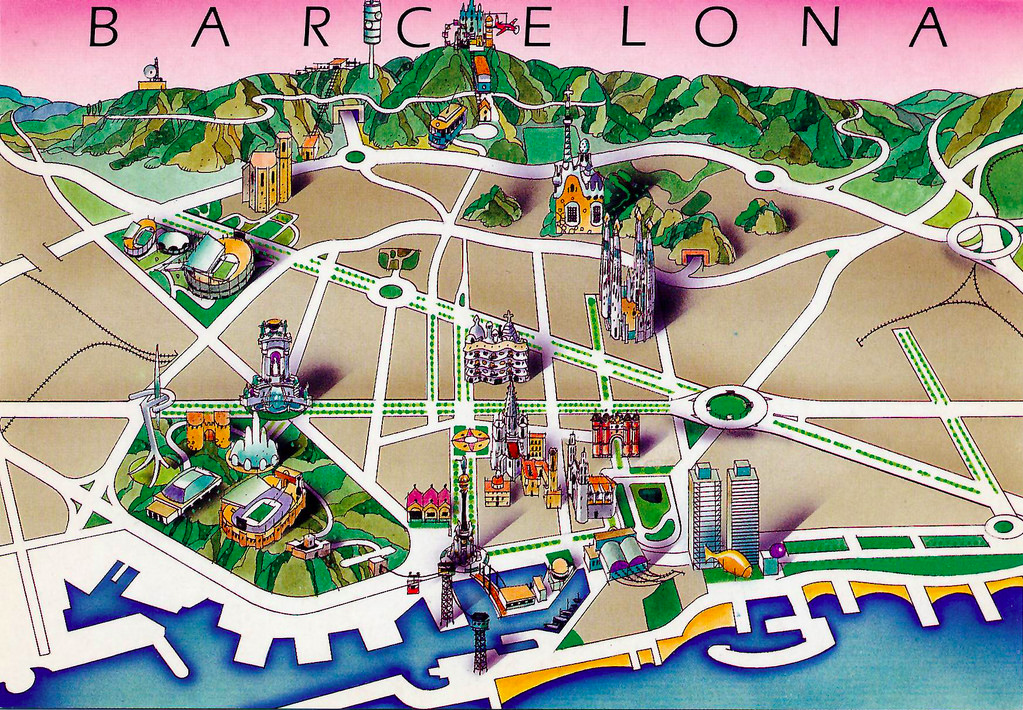
Things to do in Barcelona
Sagrada Familia
La Sagrada Familia, a UNESCO World Heritage site and Antoni Gaudi’s magnum opus, is undoubtedly the most iconic structure in Barcelona (and the most popular, with nearly 3 million visitors per year). Construction has been ongoing for more than 135 years, and the surreal structure, with its rainbow-hued stained glass windows, is slated for completion in 2026. Even in its unfinished state, it remains an absolute must-see for every visitor to the Catalan capital.
Ticket lines can get long, so it’s a good idea to book in advance and consider skip-the-line admission. (Click here)
Eating, drinking, and smoking are prohibited on the basilica grounds.
While photography is permitted, the use of a tripod is not without prior permission.
Much of the basilica and museum are wheelchair accessible, but the towers are not.
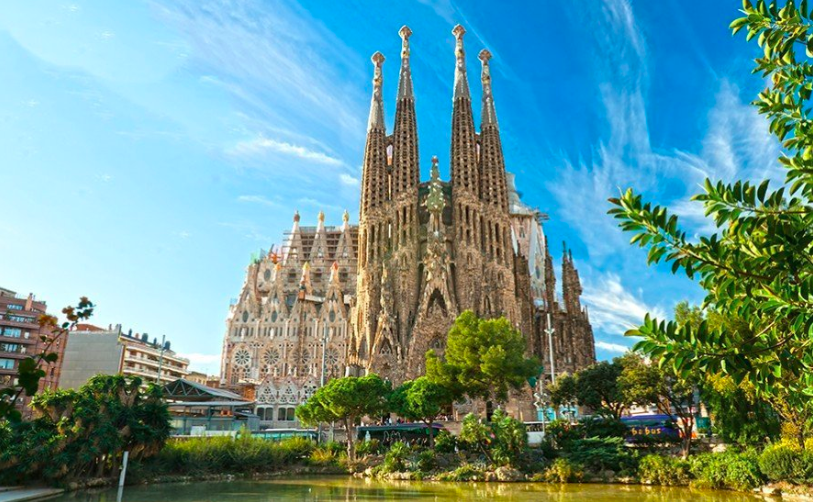
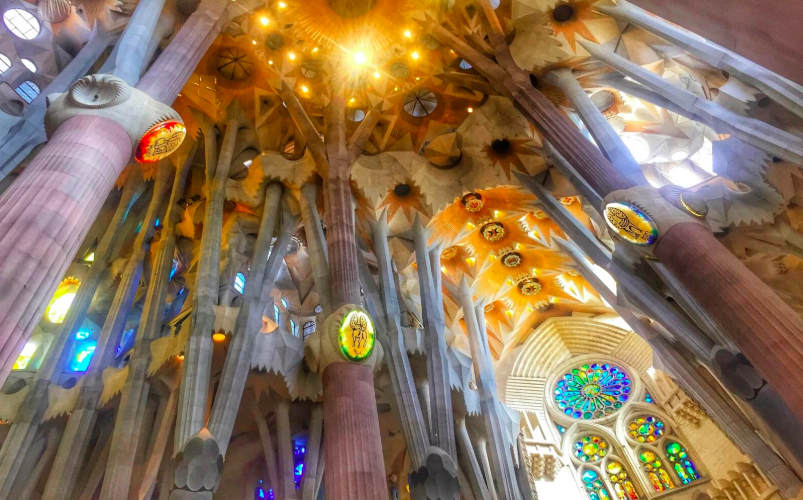
Park Guell
You can bypass the crowds with an early-access ticket. (Click Here)
Download the free app, Park Güell, Official Guide to the Monumental Zone, before your visit for interactive maps and audio snippets about the park.
Wear comfortable shoes and bring sun protection, particularly during summer.
Free WiFi is available throughout the Monumental Zone.
Due to flights of stairs and uneven paths, Park Güell is not suitable for wheelchairs.
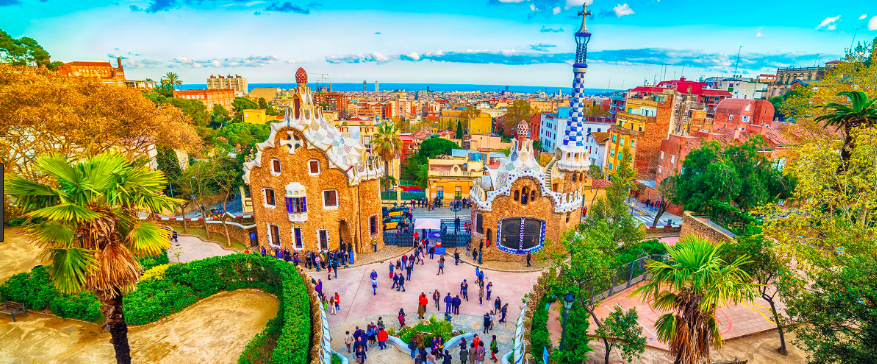
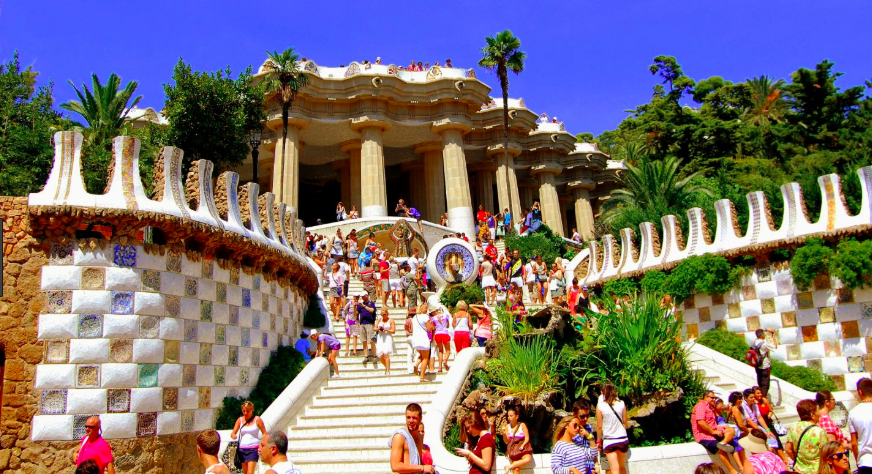
Tripods and selfie sticks are not allowed within the house or garden.
The ground floor and garden are both wheelchair accessible.
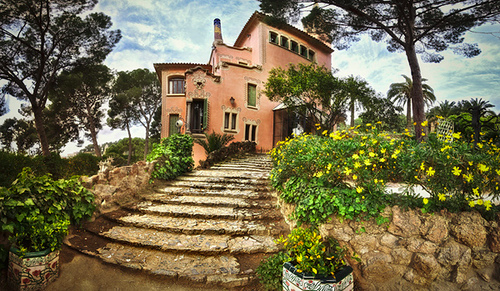
La Pedrera
One of Antoni Gaudi’s most intriguing creations, the spectacular Casa Mila—also known as La Pedrera (The Quarry) because of its wave-like stone exterior—caused some controversy among critics when it was first unveiled back in 1910. Today, however, Casa Mila is considered a masterpiece of Catalan Modernisme, with gaggles of visitors coming to see its surreal sculptural roof terrace, the re-created early 20th-century interiors of the Pedrera apartment, and the attic-level Espai Gaudi exhibit, which is devoted to the great Catalan architect’s work.
Designed to serve as apartments for some of Barcelona’s more moneyed inhabitants, this remarkable residential building is now part of the Works of Antoni Gaudi UNESCO World Heritage Site. By day, visitors can explore part of the building with the aid of an audio guide (included in the ticket price). Alternatively, visit at night as part of the Gaudi’s Pedrera: The Origins experience, when a mesmerizing light show takes place on the roof terrace. Casa Mila is visited on many architectural tours of Barcelona, alongside other Gaudi gems such as La Sagrada Familia and Park Guell.
Things to Know Before You Go
For the ultimate crowd-free experience, opt for an early-access, small-group, guided tour that gets you in before the doors open to the public.
The roof terrace provides little shade from Spain’s summer sun, so bring sunscreen and a hat.
The onsite Café de la Pedrera, serving hot and cold drinks as well as food, is located on the ground floor.
All areas of Casa Mila are wheelchair accessible with the exception of the roof terrace, because of its uneven surfaces.
How to Get There
Casa Mila is located in the Eixample district on one of Barcelona’s most heavily trafficked thoroughfares: Passeig de Gracia. Take metro lines 3 or 5 to Diagonal station and walk two minutes from there.
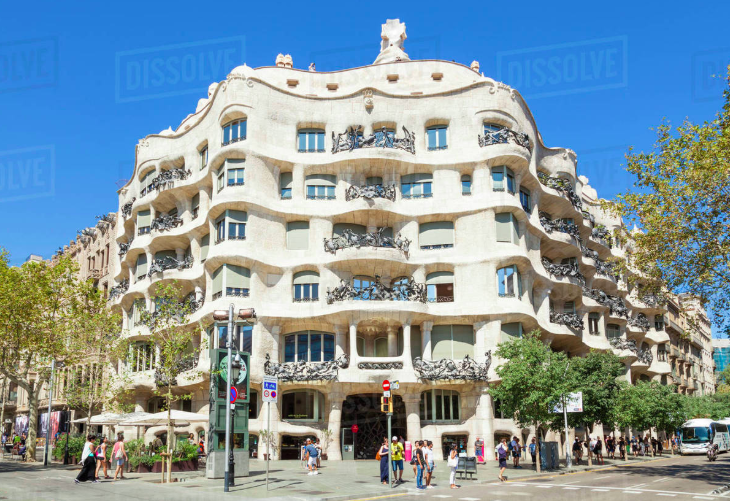
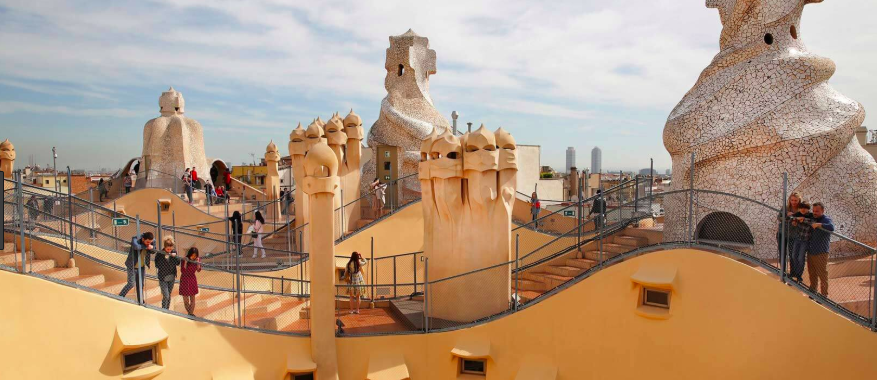
Casa Batlló
Much of the building is wheelchair accessible, and museum exhibits are also accessible to visitors with visual and hearing impairment.
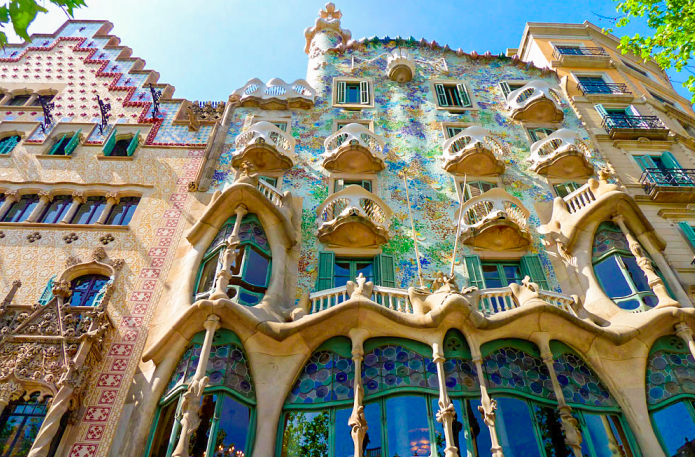
Barri Gótic
This neighborhood is a must-see for first-time visitors.
Wear comfortable walking shoes. The Gothic Quarter is expansive and the pavement not always even.
Some of the shops and restaurants in the neighborhood close on Sundays.

La Boqueria
Most of the fresh fruits and ready-to-eat products (jamon, empanadas, candy, etc.) are in the stalls toward the front of the market; vegetables, meats, and fish are toward the back.
Come hungry, and stop for a meal at one of several tapas bars.
Many stalls have a minimum spending requirement for credit cards, so remember to bring some cash.
Wear comfortable shoes that you don’t mind getting a bit wet.
Don’t forget your camera: The market stalls rank among Barcelona’s most colorful sights.
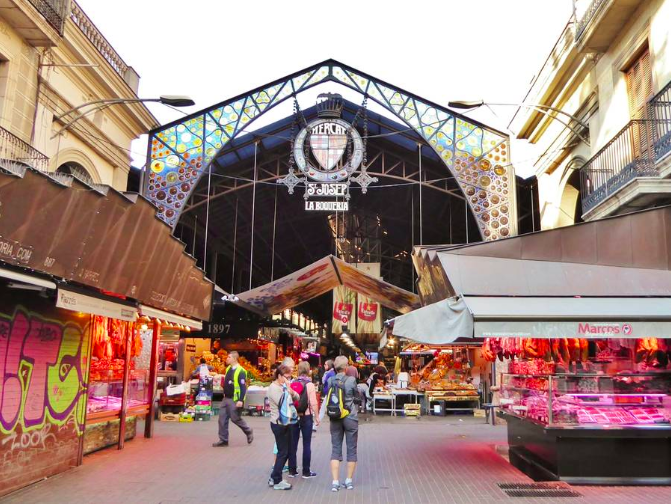
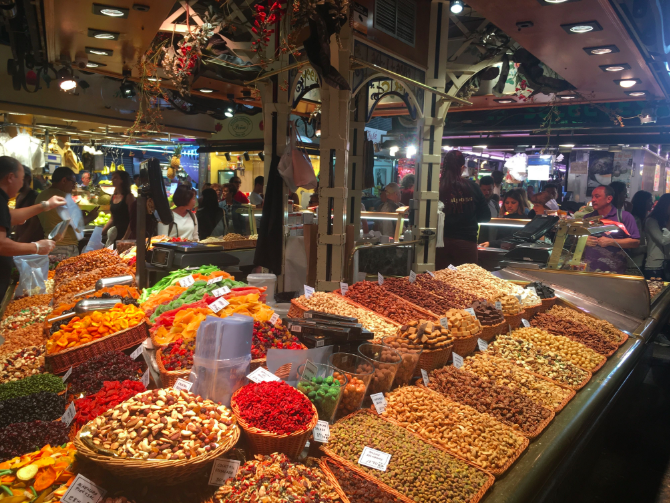
Las Ramblas
Stay aware of your belongings when walking along Las Ramblas, as the area tends to attract pickpockets.
Bring some cash for street souvenirs or to have your portrait drawn by a cartoonist.
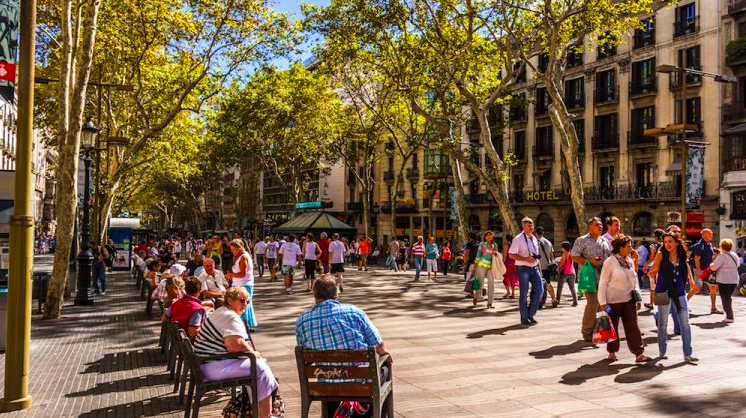
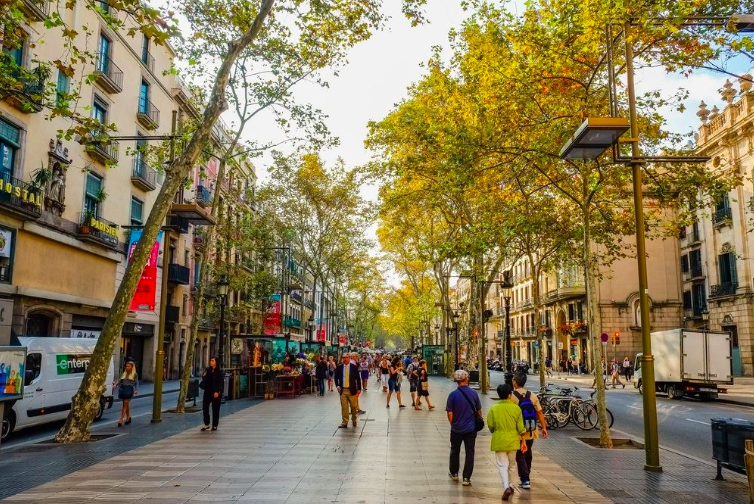
Passeig de Gracia
Passeig de Gracia is one of the most significant avenues in Barcelona. In addition to being home to some of the most celebrated architecture in the city, it is considered to be the most expensive street in all of Spain. Originally known as Carni de Jesus, the avenue began as a rural lane connecting Barcelona with the then-independent town of Gracia. Pursuant to an urbanization project in the 1820s, it was transformed into a wide avenue that eventually became a favorite of aristocrats. Today, it is a popular tourist destination, both for its architecture and for its shopping.
By the early 1900s, Passeig de Gracia featured homes designed by notable art nouveau/modernista architects such as Antonin Gaudi, Pere Falques, Josep Puig i Cadafalch, Lluis Domenech i Montaner and Josep Vilaseca. Visitors should take note of the Manzana de la Discordia (the Apple of Discord), a block of Passeig de Gracia located on the southwest side of the avenue between Carrer del Consell de Cent and Carrer d’Arago. Here, you’ll find buildings by four prominent architects in clashing styles: the Casa Lleo Morera by Montaner, the Casa Amatller by Cadafalch, the Casa Mulleras by Enric Sagnier, and Gaudi’s famous Casa Batlló. Also see Gaudi’s Casa Milà, more commonly known as La Pedrera, with its impressive chimney pots shaped into what look like medieval knights.
Other possible stops along Passeig de Gracia include the Museu del Parfum and the Fundacio Sunol, which features rotating exhibits of 20th century art.
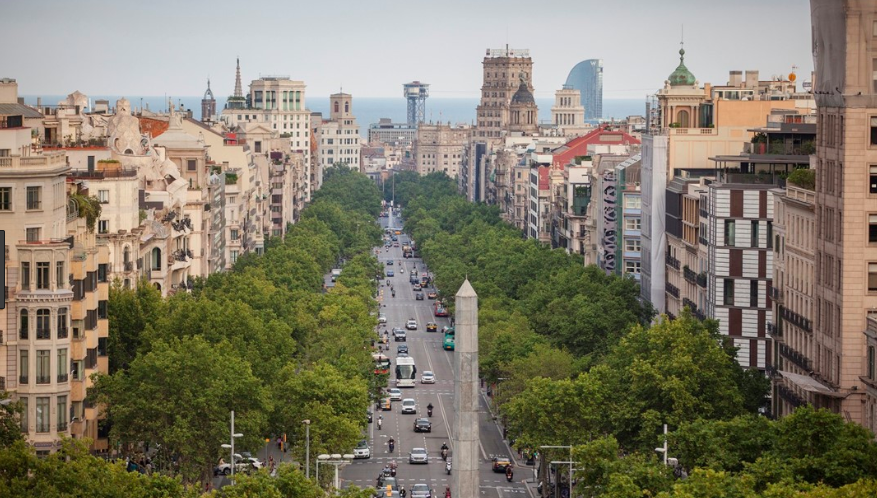
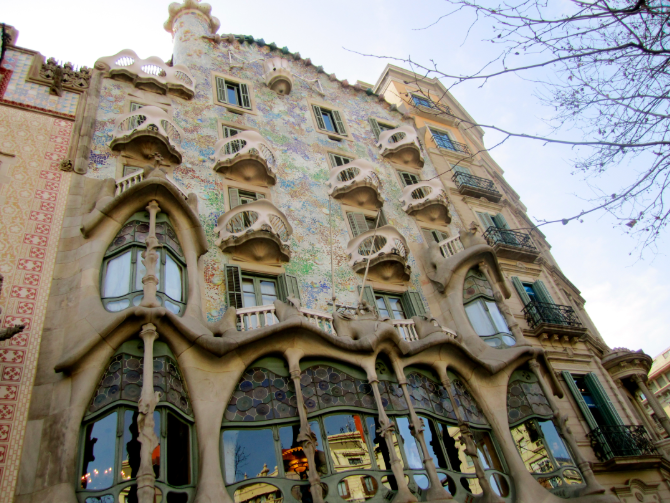
Cuitat Vella
The historic heart of Barcelona is the Cuitat Vella, or Old City, home to the majority of the city’s tourist attractions and encompassing the districts of El Raval, Barri Gotic, La Ribera and Barceloneta. With its abundance of iconic architecture, world-class museums and historic sights, most visitors to the city find themselves spending the majority of their time in the Cuitat Vella.
Las Rablas is the Old City’s main thoroughfare, separating the residential neighborhood and red light district of El Raval from the largely pedestrianized Barri Gotic, or Gothic Quarter. The Barri Gotic makes a popular starting point for a walking tour of the city, with sights including the historic Placa del Rei; the 14th century Palau Reial Major; the Gothic Barcelona Cathedral; the glitzy shopping street of Portal del Angel; the lively La Boqueria food market; and several Gaudi masterpieces, including the Palau Güell.
East of the Barri Gotic is the fashionable district of La Ribera and the small sub-neighborhood of El Born, also encompassing a number popular attractions. Key sights include the UNESCO World Heritage Site of Palau de la Musica Catalana, designed by modernist architect Lluís Domènech i Montaner; the Gothic Santa Maria del Mar Cathedral; the Picasso Museum; and the vast Parc de la Ciutadella, the city’s largest park, lying south of the landmark Arc de Triomf and including the Catalan Parliament building and Barcelona Zoo. Finally, the Barceloneta area runs along the coastline and is most famous for its eponymous beach – the city’s busiest beach, with 4.2 km of sandy coastline and a lively nightlife.
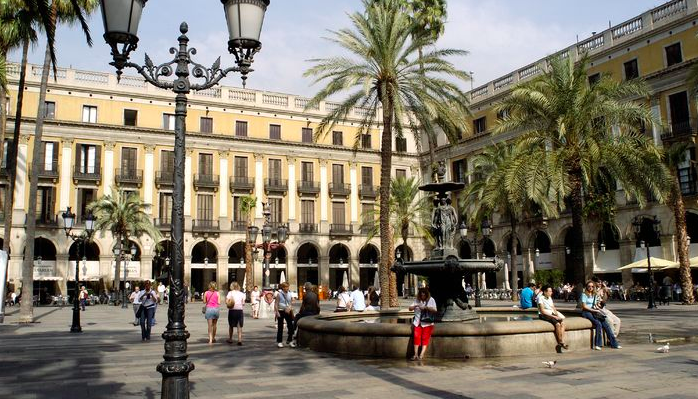
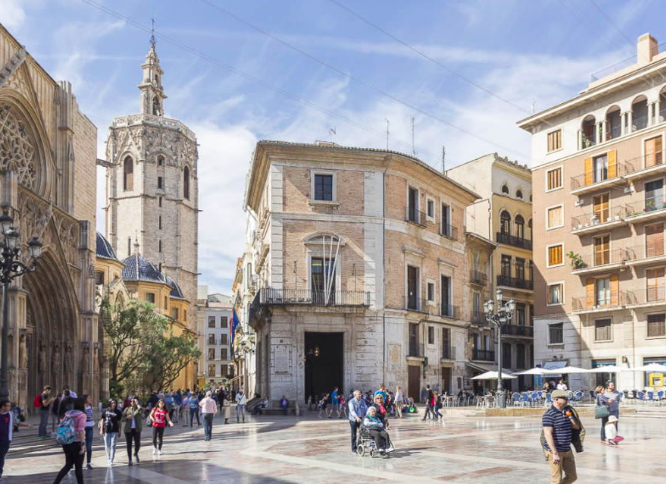
Port Olympic
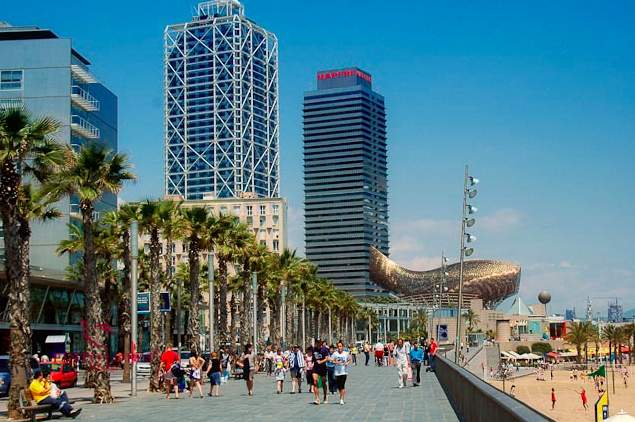
Practical Info
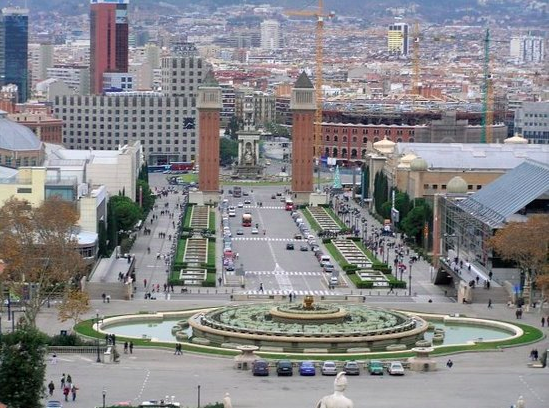
Parc de Montjuic
Wear comfortable shoes and plan to do a lot of walking; the park is huge.
Don’t forget to bring sunscreen, sunglasses, and a hat.
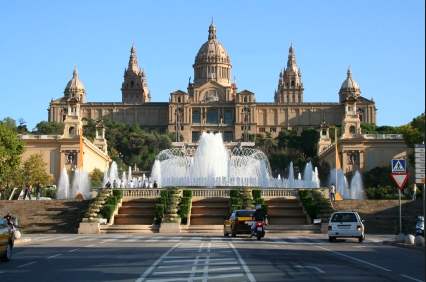
Montjuïc Castell
Looming over Barcelona city center from the 170-meter summit of Montjuïc Mountain, the forbidding Montjuïc Castle, or Castell de Montjuïc, adds a dramatic silhouette to the city skyline. Reachable via cable car from the Montjuic Funicular station, the 17th-century fortress is most popular as a lookout point and the Cami del Mar walking track affords spectacular panoramic views over the city, the distant mountains and along the Mediterranean coast.
Behind the castle’s majestic façade lies a grim and gruesome history, used mostly during the late 19th and 20th centuries to house and execute political prisoners. Anarchists, fascists and Republicans have all met their maker within these walls, most famously Lluis Companys, the President of Catalunya who was executed here by firing squad in 1940. The somber unmarked tombstones in the castle grounds offer a reminder of the castle’s sordid past, but with plans underway to transform the building, which once housed a military history, into a museum of international peace, the fortress’s future looks set to be more positive.
Be sure to take a walk around the palace gardens while you’re there, adorned with famous sculptures like Pau Gargallo’s ‘La Pomona’ and Josep Clarà’s ‘La Fertilitat’, then walk across the ancient drawbridge and climb the stone stairs to the castle’s roof top viewing terrace.
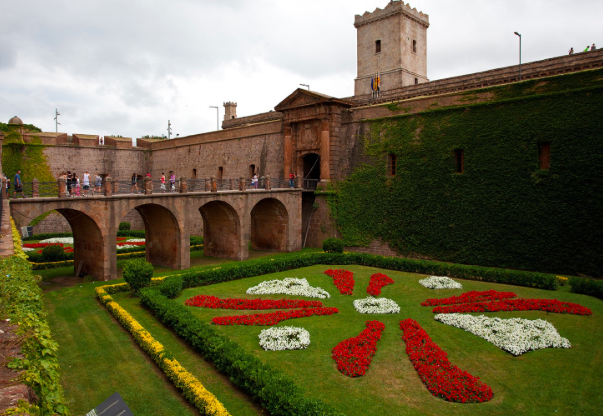
Barcelona Cathedral
Remember to dress respectfully by wearing clothes that cover your shoulders and extend to your knees or lower ; the cathedral is an active place of worship.
The cathedral is wheelchair accessible; there’s an accessible entrance at the cloister on Carrer del Bisbe.
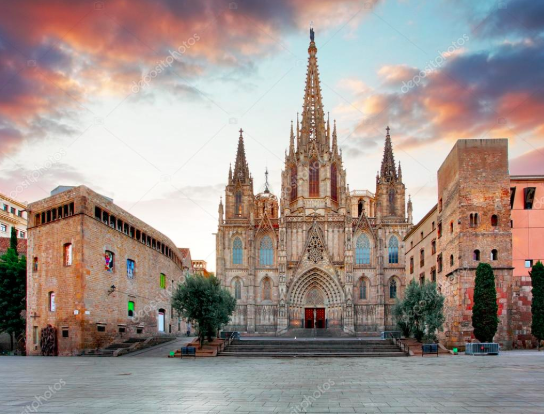
Tibidabo
Don’t forget to bring sunscreen, sunglasses, and a hat; some areas on the mountain lack adequate shade.
Public transportation to Tibidabo, as well as many of the amusement park attractions, is wheelchair accessible.

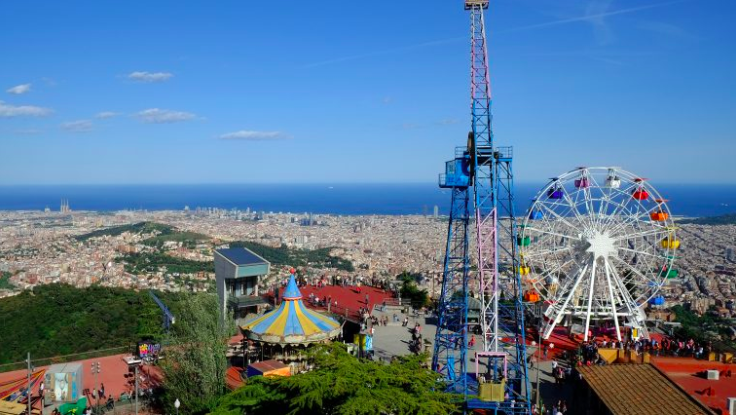
Barceloneta Beaches
Bring sunscreen as the sun’s rays can be very strong, especially in summer.
Barceloneta’s beachside promenade, Paseo Maritimo de la Barceloneta, is wheelchair accessible.
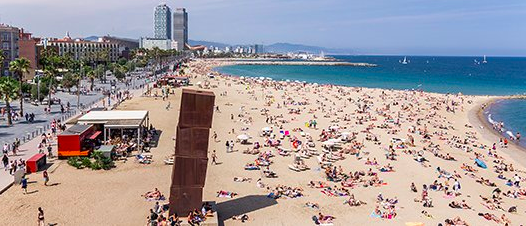

How To Visit The City
If you don’t have time
If you don’t have a lot of time and you would like to visit most of the important things in Barcelona, use the Barcelona Pass. Take the hop on and hop off bus, it will take you to the most important monument in the city. You can Hop Off and visit what you prefer and after take again the bus and visit the next thing. Easy to use and to save money.
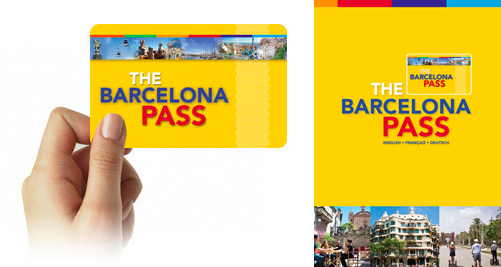
If you have time
If you have time and you want to save more money, you can use the subway. The subway in the city works very well and it’s easy to use. There are special prices for 2/3/4 or 5 days Travel Card starting from 15 Euro, click here for more informations. Download the free app on your phone TMBAPP (Metro Bus Barcelona).
If you want to see the map of the Metro click here
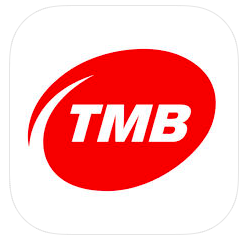
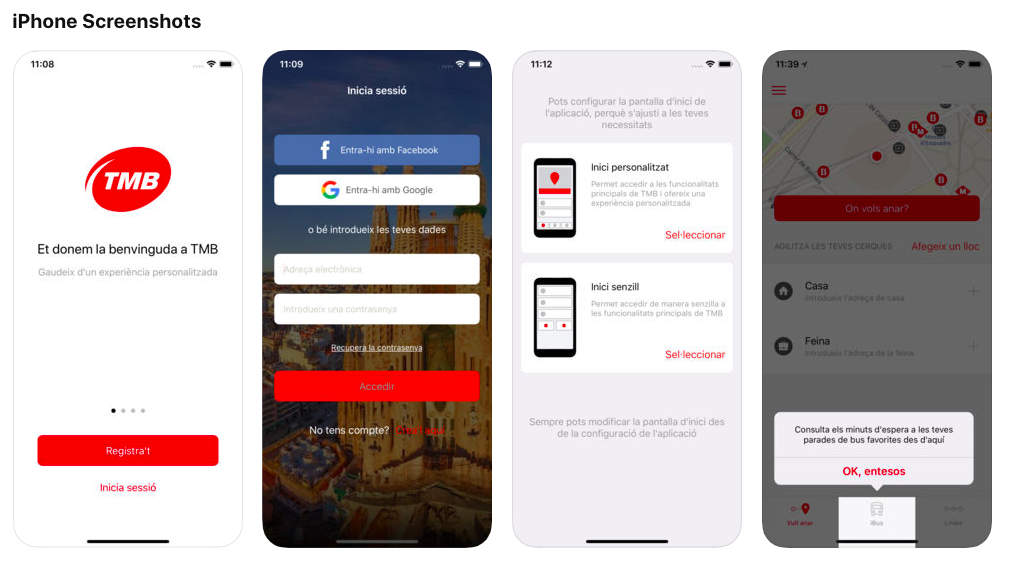

Emanuele Leoni Dickinson
(Pac&Go Founder)
Independent Travel Agent
in collaboration with
American Travel Bureau, Lancaster CA (USA)
AR/IATA #05505183
Business License 07723648
